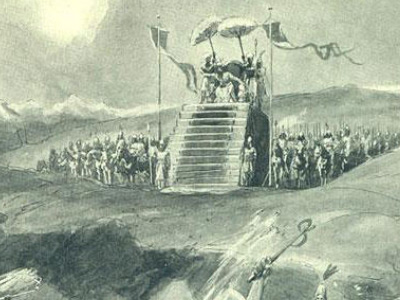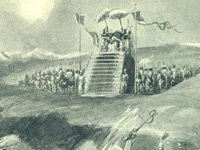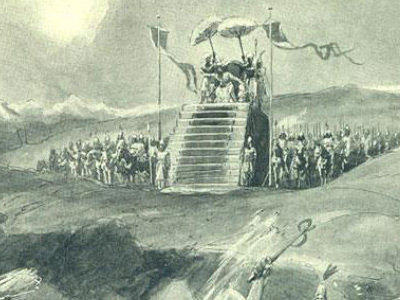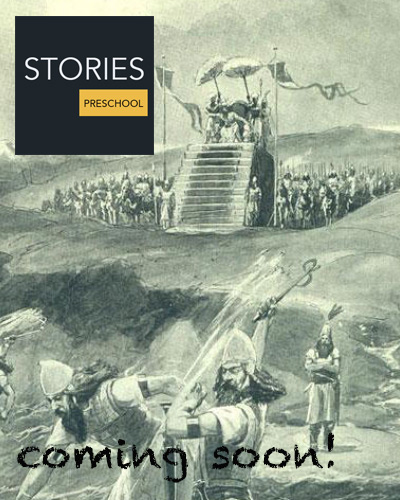Battle of Mycale (479 BC)

The Battle
Strategic and tactical considerations
From a strategic point of view, battle was not necessary for either side; the main strategic theatre was mainland Greece itself. Although destroying the enemy navy would result in a clear strategic advantage for both sides, attempting this risked the loss of their own navy. The actions of the two sides thus reflect more upon their morale and confidence than on any strategic considerations. The Persians, seeing little to gain in battle, demoralised and riven with dissent, thus sought to avoid a naval battle. Conversely, the Allies, who had initially been as nervous of a battle as the Persians, sought to press home their morale advantage once they were informed of the state of the Persian fleet.
Tactically, the Persian fleet should have held the advantage at sea, since the Athenian part of the Greek fleet was, despite their efforts at Artemisium and Salamis, still raw in seamanship. However, whether because of their low morale, or because they were in fact outnumbered, the Persians sought instead the tactical advantage of joining up with the army under Tigranes, and fortifying a position. However, when the Greeks chose to fight on land, the Persians then threw away the advantage of their fortifications by emerging to fight the Greeks in the open field. Furthermore, as Marathon and Thermopylae had shown, large numbers conferred little advantage against the more heavily armoured hoplites; thus, as the battle began, it was the Greeks who had the tactical upper hand.
The Battle
The Allies seem to have formed into two wings; on the right were the Athenians, Corinthians, Sicyonians and Troezenians, and on the left were the Spartans with other contingents. The right wing marched across level ground straight towards the Persian camp, whilst the left wing attempted to outflank the Persians by passing through more broken ground. The right wing thus began fighting with the Persians while the left wing was still approaching. Herodotus reports that the Persians fought well at first, but that the Athenians and the contingents with them wished to win the victory before the Spartans arrived, and thus attacked ever more zealously.
Although the Persians stood their ground for a while, they eventually broke and fled to the palisade. The soldiers of the right wing followed them into the camp, at which point many of the Persian army fled from the camp, except the ethnic Persian troops, who grouped together and fought the Allied soldiers who entered the camp. Finally, the left wing arrived, outflanking the camp and falling on the rear of the remaining Persian forces, thereby completing the rout.
Herodotus tells us that, on seeing the outcome of the battle hung in the balance, the disarmed Samians had joined in on the side of the allies, doing what they could. This inspired the other Ionian contingents to turn on the Persians as well. At which stage in the battle this happened is not clear; the Samians were presumably not in the main battle line (being disarmed), so it may have been after the Persians retreated to the camp. Meanwhile, the Milesians who were guarding the passes of Mycale also turned on the Persians. At first they misdirected the fleeing Persian contingents so that they ended up back amongst the Allied troops; then, perhaps seeing the outcome of the battle was certain, they began killing the fleeing Persians.
Herodotus does not mention specific figures for casualties, merely saying that losses were heavy on both sides. The Sicyonians in particular suffered, also losing their general Perilaus. On the Persian side, the admiral Mardontes and the general Tigranes were both killed, though Artayntes escaped. Herodotus says that a few Persians troops escaped the battle and made their way to Sardis. Diodorus claims that there were 40,000 Persian casualties, and also suggests that the survivors made their way to Sardis.
HISTORY

RESOURCES
This article uses material from the Wikipedia article "Battle of Mycale (479 BC)", which is released under the Creative Commons Attribution-Share-Alike License 3.0.
© Stories Preschool. All Rights Reserved.









